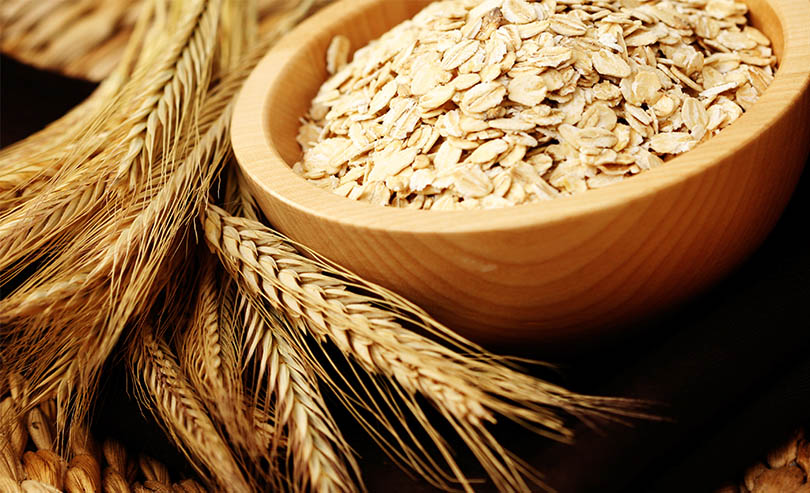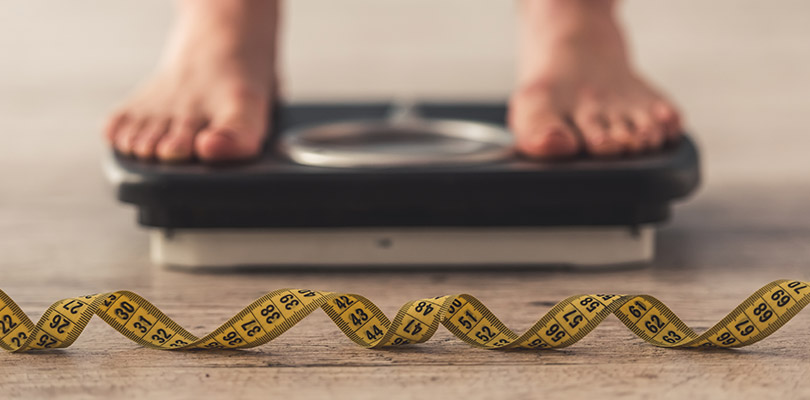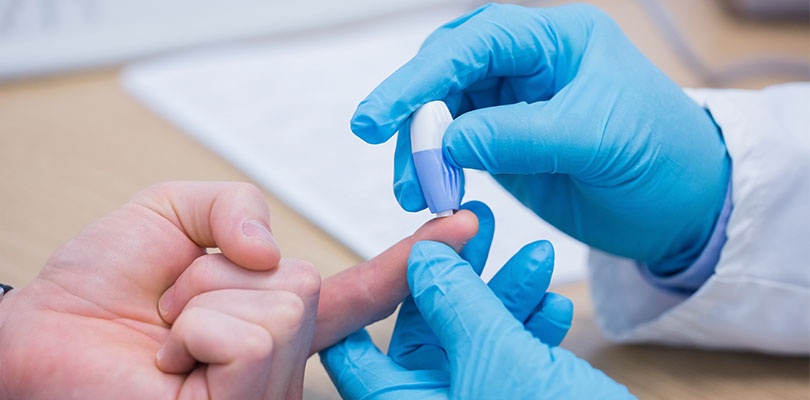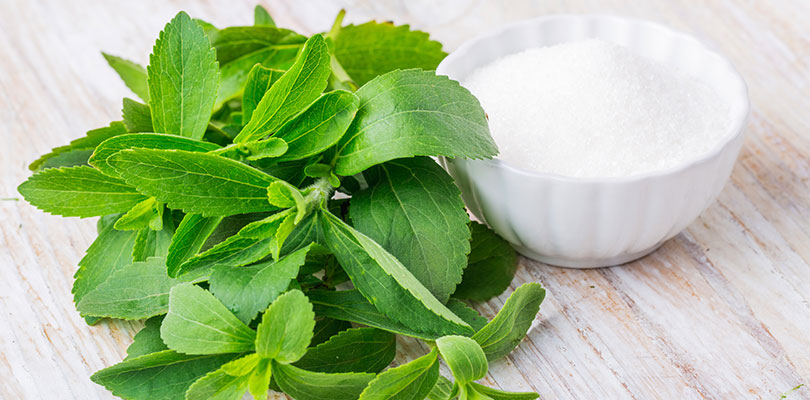
Photo Credit: Aneta_Gu / istockphoto.com
Keep the Sweetness and Ditch the Health Problems With Smart Sugar Substitutes
Diabetes can definitely put a damper on dessert. Your blood sugar level becomes your top priority, which means refined sugar (with its high glycemic index) is something to avoid. If you’re at all like the rest of the population, you appreciate a little sweetness now and again, and the fact that sugar is off-limits will probably leave you grumpy and unsatisfied.
Fortunately, there are a few sugar substitutes to satisfy your sweet tooth without sending your blood sugar through the roof. However, there are also some artificial sweeteners that seem pretty good on the surface, but are actually terrible for your diabetes. Get to know which sugar alternatives are best for your blood sugar so you can stay on track with your diabetes management.
1. Stevia
Naturally-derived and over 100 times sweeter than sugar, stevia might be the answer to your diabetic problems. Stevia is old news in South America, where it’s been used for centuries, but it’s starting to make waves in North America now, too.
The best thing about stevia? It has no calories or glycemic impact! It’s also incredibly versatile: the powder can be stirred into tea and coffee, baked into desserts, and used in all sorts of other recipes as you would use sugar. However, you should be careful not to overdo it on the stevia, because regular consumption can make you crave sweet things more intensely and frequently.
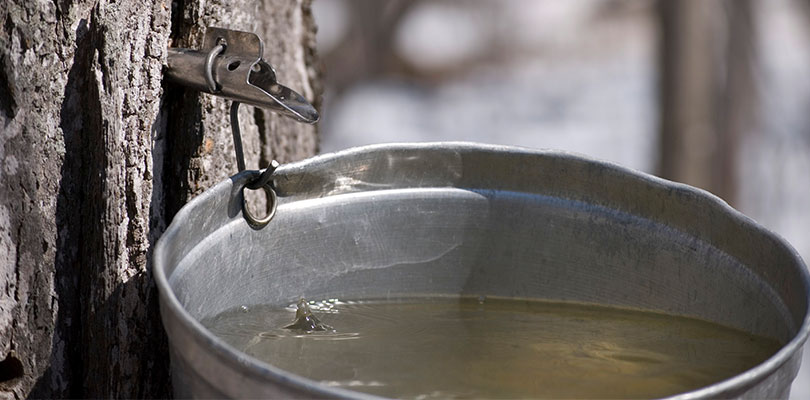
Photo Credit: MattBrenner / istockphoto.com
2. Maple Syrup
Tapping a maple tree at the right time of year can yield a good deal of maple syrup, the gooey, sweet and unique treat the northern states are so well-known for. Maple syrup — the real stuff, not the cheap “pancake syrup” — also has a variety of minerals and nutrients, plus it’s low in fructose.
Since maple syrup is a relatively thin liquid, it can’t always stand in for regular sugar in recipes. If you’re baking, you may prefer to use maple sugar, which is the powder made from dehydrated maple syrup.
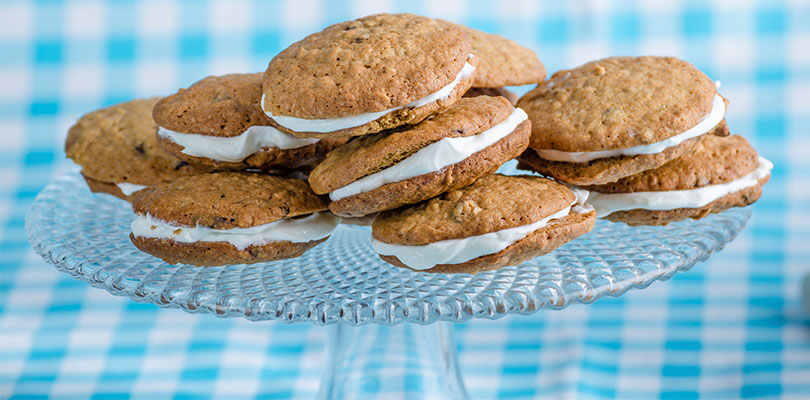
Photo Credit: PeteerS / istockphoto.com
3. Molasses
Molasses comes from sugar cane, but it deviates from the white crystallized variety in a few important ways. First, it’s a by-product of the refining process, which means it contains the “leftovers” — and those leftovers happen to be the healthiest elements of the sugar cane. Molasses is rich in iron, calcium, zinc, magnesium, potassium and vitamin B6, which makes it one of the healthiest sweeteners out there.
Since molasses is strong, thick and rich, a little goes a long way. Perfect for baking, but maybe not ideal for garnishing dishes, it’s also less versatile than some other sweeteners. If you do want to reap the nutritional rewards, opt for blackstrap molasses, which is taken from the last press in the refining process.
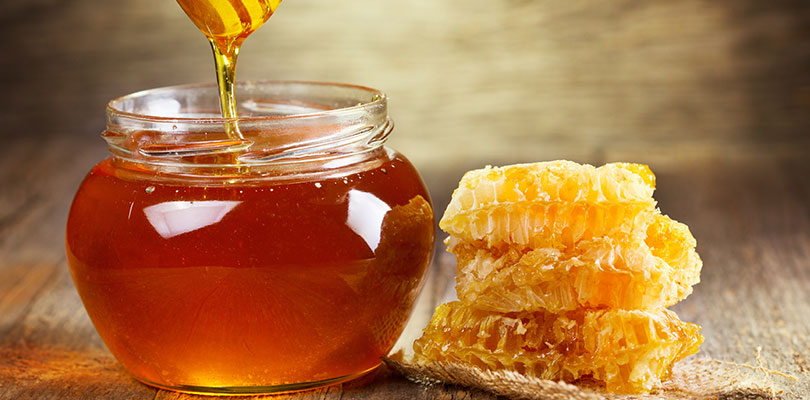
Photo Credit: nitrub / istockphoto.com
4. Honey
The luscious golden nectar, lovingly manufactured by bees and enjoyed by humans for centuries, is actually a lot closer to refined sugar than you might imagine. Although it is natural, most commercial versions are highly processed, and all honey is almost 50 percent fructose. That high fructose ratio means it’s also trouble for your blood sugar level.
On the other hand, honey (at least the raw, unprocessed variety) has lots of vitamins and helpful antimicrobial properties to keep you healthy. It’s also sweeter than sugar, so while it has a good deal of fructose and calories, you can use less of it to get the sweet effect you’re looking for.
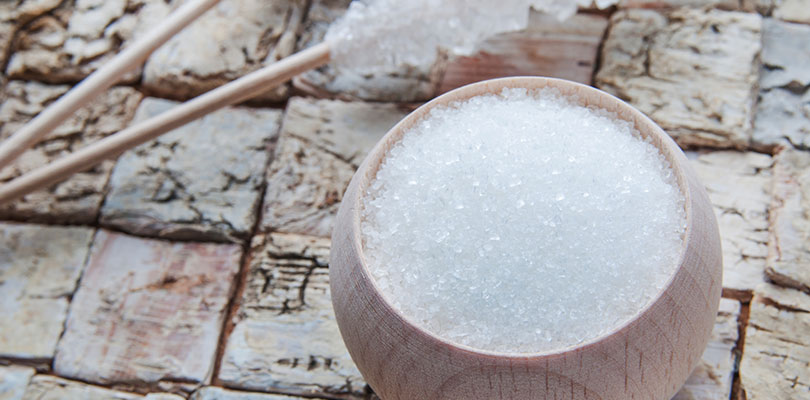
Photo Credit: Elmik / istockphoto.com
5. Xylitol
It may sound like a laboratory chemical, but xylitol is actually derived from fibrous fruits and vegetables (most often corn husks) and even some trees. This naturally-occurring sweet compound is low in calories and won’t raise your blood glucose levels like other sweeteners, making it a pretty great choice for diabetics.
One potential downside to consider is the fact that xylitol can cause some stomach upset in some people, and it can be deadly for animals. If you have pets in the house, be extra careful to keep xylitol well out of their reach.
A diabetic pump can help some individuals regulate their blood glucose levels in a less invasive and more convient manner. Here's what to know.
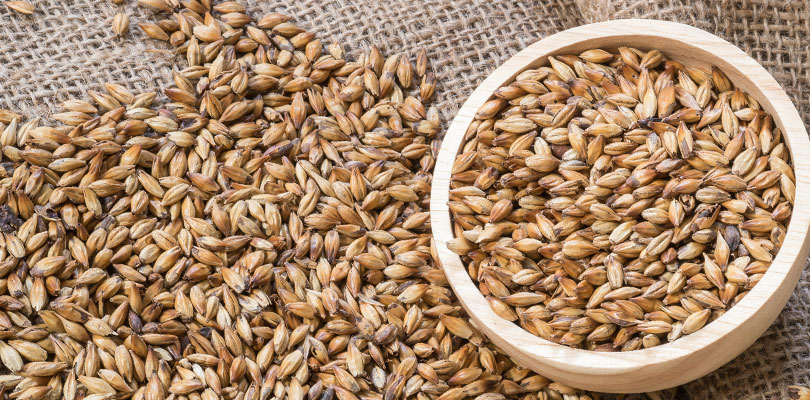
Photo Credit: JHK2303 / istockphoto.com
6. Barley Malt Syrup
It bears some similarity to molasses in color and texture, but barley malt syrup is derived from a grain. Its malty taste makes it ideal for baking, especially in breads, but it might be a bit too strong a flavor for more delicate preparations.
Barley malt syrup has a low glycemic index and is easily digested, which makes it a better choice for diabetics. However, it’s not quite as sweet as sugar, so you might need to use more of this than you would a different sugar substitute.
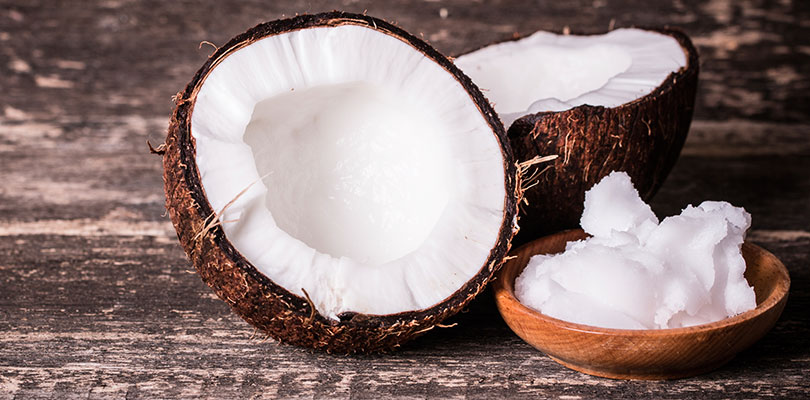
Photo Credit: id-art / istockphoto.com
7. Coconut Sugar
Few foods are as versatile as coconut. Along with the nutritious water and delicious milk from the nut, the sap from the coconut palm can produce an immensely flavorful sugar. Once the sap is heated to reduce the sugar into sweet granules, you can use it in a number of ways.
The biggest benefits to trading in refined sugar for coconut sugar are the low fructose and high vitamin content you enjoy in return. With a burst of vitamin C and lots of potassium, your dishes get a nutritional boost, and low fructose levels means your blood sugar won’t swing wildly.
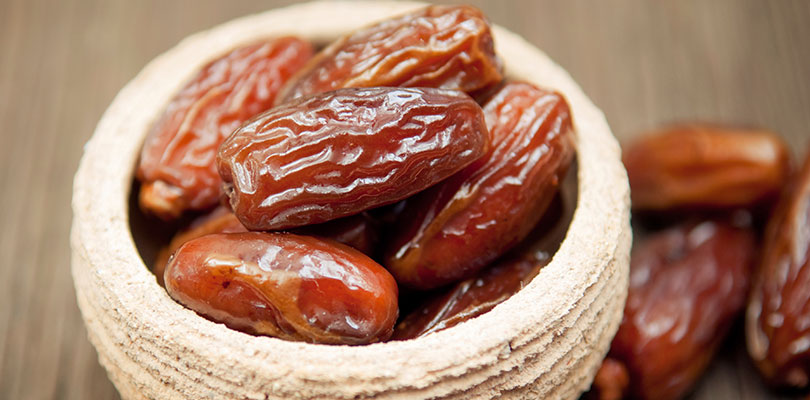
Photo Credit: viki2win / istockphoto.com
8. Date Sugar
Made of ground dehydrated dates, this sweetener could hardly be more natural. Dates are also extremely high in antioxidants and minerals like potassium, which makes it a particularly healthy choice, even if it is a bit higher in fructose than some other options.
The downside to date sugar is that is doesn’t melt, so it can be difficult to substitute in certain concoctions, and won’t work very well in coffee or tea. Despite its clumpy texture, the rich, sweet flavor of date sugar can go nicely in some baked goods, especially when used in the place of brown sugar.
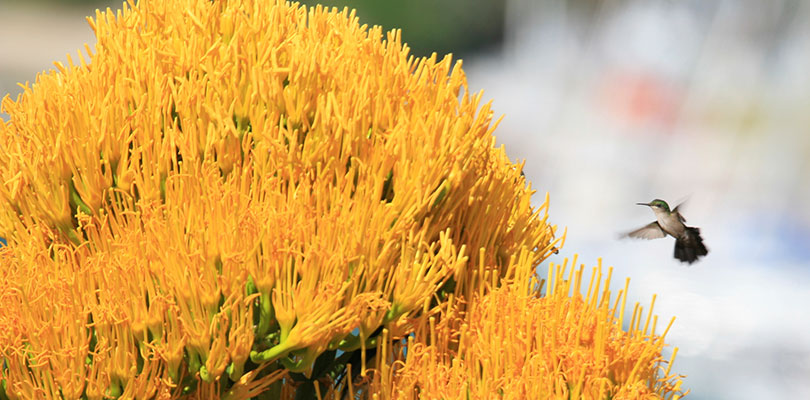
Photo Credit: adwalsh / istockphoto.com
9. Agave Nectar
This plant derivative deserves a mention, but not for its diabetic-friendly qualities. Although it’s intensely sweet, which means you only need a touch, it has a much higher fructose content than regular refined sugar — or any other natural sweetener, for that matter.
With 90 percent fructose content, agave nectar has no place in your diabetic management plan. Better stick with honey, molasses, or another natural fruit sugar to get a bit of sweetness into your diet.
One of the best ways to ease yourself off your sugar cravings is to eat only whole, natural foods for a while to re-adjust your taste buds. After a couple of weeks of clean eating (with limited natural sugars), you’ll find that even mildly sweet foods start to taste deliciously sweet and satisfying.
It’s important to keep good control of diabetes, but it's easier said than done. Consider these 8 tips for better living with diabetes.

